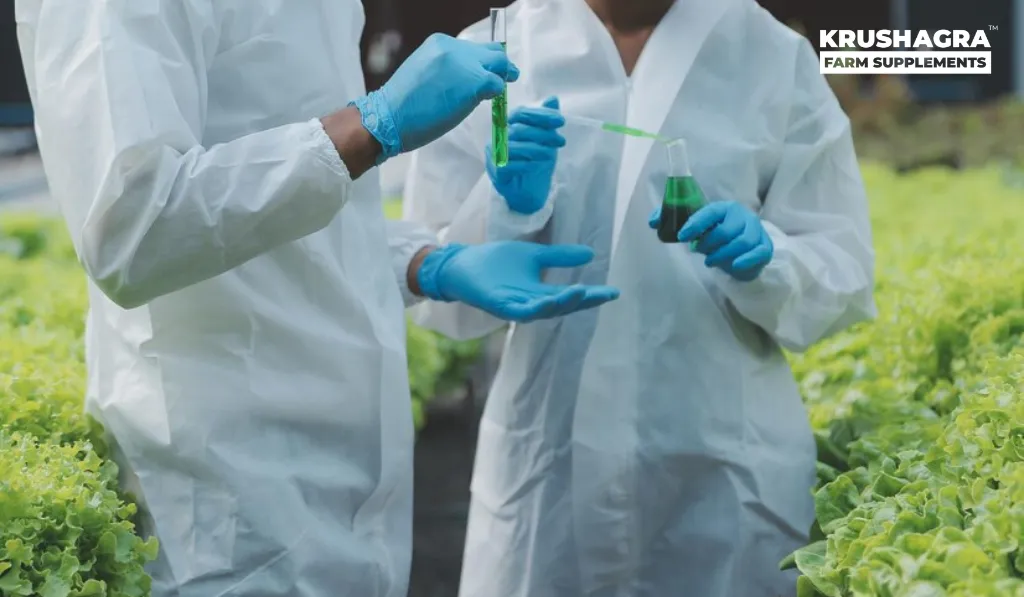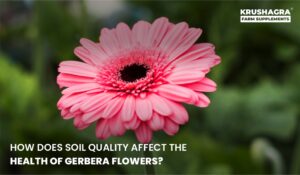Introduction
Aphids, thrips and whiteflies are common pests that can seriously damage fruit crops, causing loss of yield and quality. Chemical pesticides have traditionally been used to control them, but biopesticides offer a safe and sustainable alternative. This blog post describes the process of selecting the right biopesticides to control aphids, thrips and whiteflies in fruit crops and ensure effective pest control while minimizing environmental impact. .
Why do Aphids, thrips and whiteflies occur in plants?
Aphids, thrips and whiteflies occur on crops due to a variety of factors. First, these pests are attracted to certain environmental conditions. They thrive in warm, moist climates where populations can grow rapidly. Moreover, certain crops and plant species act as preferred hosts for these pests, providing them with suitable food sources and subsistence conditions. Weakened or stressed plants are attractive targets for aphids, thrips and whiteflies, making them more susceptible to infestation. Pests may also migrate from nearby infested areas or spread by wind currents and other routes of spread. Absence or imbalance of natural enemies further contributes to its prevalence.
In addition, monoculture practices of planting the same crop over large areas create favorable conditions for pest development. Implementing an integrated pest management (IPM) strategy is critical to effectively control these pests. These strategies focus on prevention, monitoring, cultural practices, targeted use of biopesticides and other control methods to minimize pest populations while promoting sustainable crop health. is guessing.
Aphids, Whiteflies and Thrips Control in Crops: Why Choosing the Best Biopesticide is Important
Growing pest pressure on horticultural crops highlights the need for new sustainable and profitable tools for farmers. Not only the direct damage to crops by these pests, but also the risks as vectors in the transmission of plant pathogens need to be considered.
Choosing the Right Biopesticide: Points to Consider
Consider the following factors when choosing a biopesticide to control aphids, thrips, and whiteflies:
- Target pest:Check the product label or description to make sure the biopesticide is particularly effective against aphids, thrips, and whiteflies. Different biopesticides have different levels of efficacy against different pests. Therefore, it is important to choose one that addresses the specific pest problem you are facing.
- Mode of action:Understand how biopesticides work. Biopesticides work through a variety of mechanisms. B. By asphyxiation, ingestion, or disruption of the pest’s life cycle. Choose biopesticides that effectively control pest ecology and behavior.
- Compatibility with fruit crops:Make sure your biopesticide is approved for use on the fruit crop you are growing. Some biopesticides may have specific growing restrictions or waiting periods before harvest. Always read and follow label instructions for safe and proper use.
- Application procedure:Consider the practicality of the application method. Biopesticides are available in various formulations such as sprays, powders, and granules. Choose a formulation that is easy to apply, provides good coverage, and is suitable for your equipment and growing method.
Choosing the Right Biopesticide: Analyzing Options
There are several effective options when it comes to biopesticides for controlling aphids, thrips and whiteflies on fruit trees. Some of the best biopesticides in common use are listed below:
- Insecticide Soap:Insecticidal soaps made from natural fatty acids suffocate pests. It is especially effective against soft insects such as aphids and whiteflies. Insecticide soaps are available in various formulations and can be applied to infested areas as a spray.
- Beauveria Bassiana:Beauveria bassiana is a naturally occurring fungus that infects and kills various pests such as aphids, thrips and whiteflies. It is available in commercial formulations and can be applied through foliar or irrigation systems.
- Bacillus thuringiensis (Bt):Bt is a bacterium that produces proteins that are toxic to certain pests. Some of his Bt formulations are effective against thrips and certain caterpillar pests. Choosing an appropriate Bt strain and following label instructions are critical for effective control.
- Spinosad:Spinosad is a biopesticide derived from naturally occurring soil bacteria. Controls various pests such as aphids, thrips and whiteflies. Spinosad-based products can be applied as a spray and are known for their efficacy and low environmental impact.
- Plant Essential Oil:Certain essential oils such as peppermint, rosemary and thyme have shown repellent and insecticidal properties against aphids, thrips and whiteflies. These oils can be diluted and applied as sprays to repel and control pests.
- Pirecris: Pirecris is a new and effective solution for resistance management strategies, zero residue strategies, organic farming and integrated pest management. Application and proper use of Pilecris facilitates the establishment of alternative animals in crops.
Conclusion
It is important to note that the effectiveness of biopesticides can vary depending on factors such as pest type, crop type and method of application. Always read and follow manufacturer label instructions and conduct appropriate field trials to assess the effectiveness of these products for your specific crop and pest situation. Additionally, consult local agricultural experts and extension services for the best biopesticide options for your particular area and crop.






